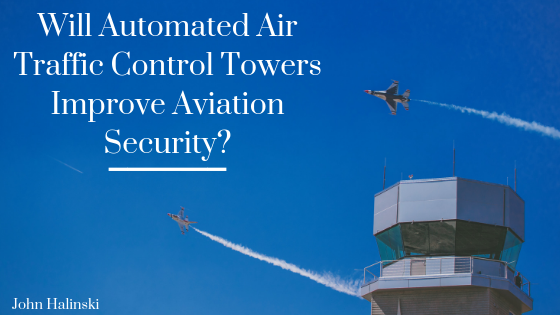With a push to upgrade efficiency and security efforts in the industry, aviation experts have been exploring different ways to meet the rise in travel through digitalization and automation. While automation is not an entirely new concept to the industry, as many airplanes can be set to autopilot, new developments in air traffic control are utilizing automation as a way to improve operations.
Automated solutions, such as smart digital control towers are being trialed more frequently to offer sustainable and efficient solutions to both low traffic and high-intensity runway operations. Using a sequence of several cameras, data, and tracking technology; images are compiled into a live 360-degree picture displaying an overview of runway and air traffic operations. These advances in automation help provide controllers with more accurate information and increase the visibility of airports. These developments also allow controllers to work remotely and can improve communication between controllers and pilots tremendously.
The remote tower projects are being spearheaded in several countries around the world. This past December, Cranfield Airport opened the first digital air traffic control tower in the United Kingdom. The tower, built in partnership between the local university and Saab, a Swedish aerospace company, allows controllers to observe aircraft and capture information using the advanced cameras and installed sensors. While the controllers at this airport are moving to a new building on the property and aren’t necessarily “remote,” other airports adopting this technology, such as London City Airport, have the potential to work entirely remotely. Currently in the final stages of a remote tower project, London City Airport will be sending data and live feeds to a control room 80 miles away at the UK’s primary air navigation service provider, NATS.
The UK isn’t the only country to partner with Saab to introduce a remote tower project. Three airports in Sweden are already operating digital control centers, the first one having opened in April 2015, making it the first airport in the world to manage traffic remotely.
There are several benefits to implementing smart digital towers. Not only is the project a cost-effective solution for many airports around the globe, but it offers an improved operational system that is vital to providing a more efficient, safe, and secure air travel in and around airports. Enhanced visibility will prove to be imperative for improved surveillance and navigation to prevent collisions and detect threats, such as incoming drones. While there are concerns and risks with operating a tower remotely, the advanced features of the cameras and tracking offer abilities that are unmatched to the human eye.
